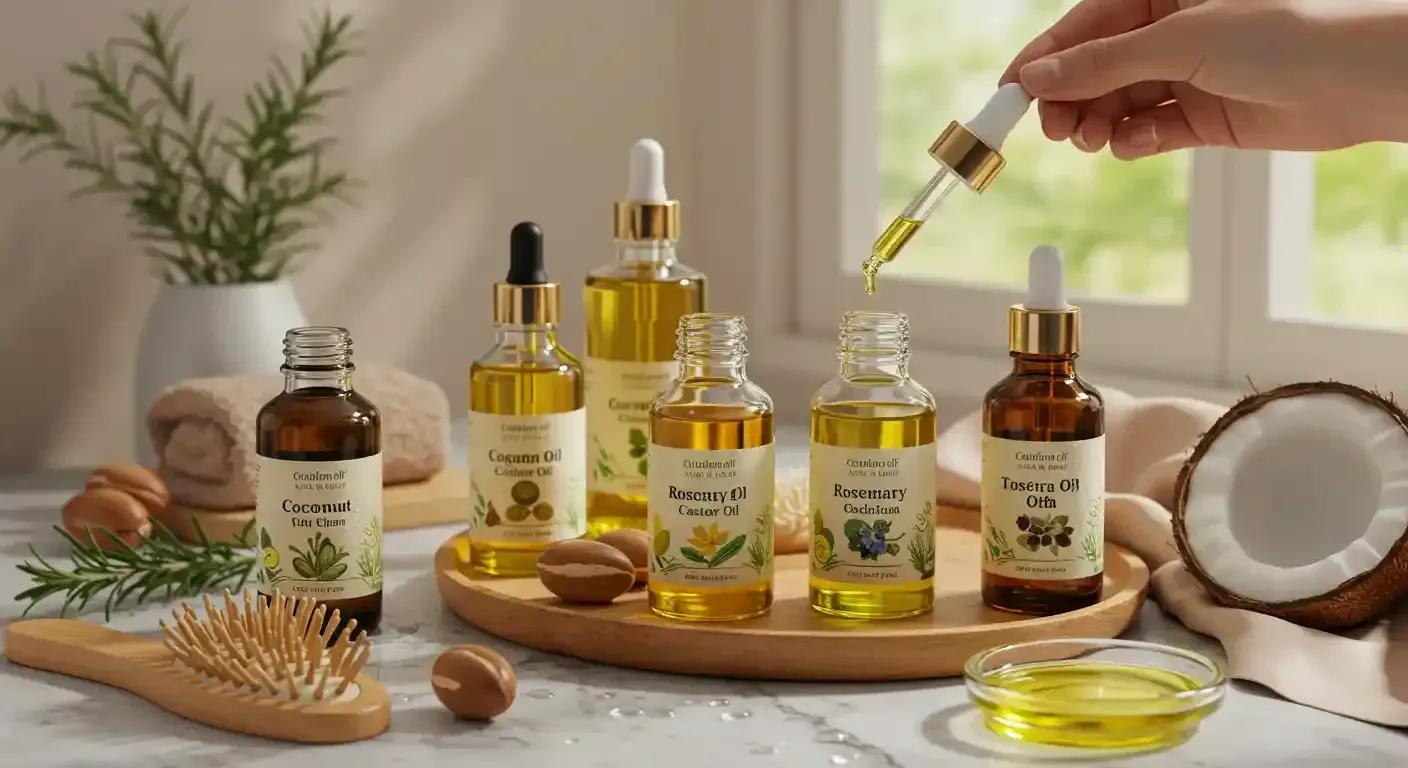How to Get Rid of Stretch Marks on Your Butt
Stretch marks—ugh, right? Especially on the butt. They can show up out of nowhere, whether it’s from weight changes, pregnancy, or even packing on muscle too fast. But here’s the thing: you don’t have to live with them forever!
The beauty of modern skincare is that there are so many ways to reduce their appearance. Want fast results? We’ve got that covered. Looking for natural remedies that fit into your daily routine? Yup, those are here too.
Fun fact: over 70% of people deal with stretch marks at some point in life. So trust me, you’re far from alone in this journey. With the right strategy, you’ll be well on your way to smoother, stretch-mark-free skin in no time! Let’s go!
What Causes Stretch Marks on the Butt?
Stretch marks on the butt aren’t as rare as you might think! They can appear for so many reasons—it’s like your skin’s way of keeping up with sudden changes. Imagine this: your skin stretches or shrinks super fast, and suddenly, the collagen and elastin fibers can’t keep up. Boom! Those streaky, indented lines show up, ranging from red and purple to silvery white. Sounds familiar?
Hormones are a big player here! During puberty or pregnancy, your body goes through rapid changes, not just in size but hormonally, and this mix can wreak havoc on your skin. Teens get them during growth spurts, while pregnant women often experience them due to weight gain and hormonal shifts. It’s a one-two punch!
Rapid weight gain? Another culprit. Your skin’s like, “Whoa, what’s happening?” as it tries to stretch fast enough to cover the new you. The tissues under the skin tear, and stretch marks are the result. This can happen due to anything—diet changes, medical conditions, even meds that mess with your weight.
Bodybuilders, I’m talking to you too! Packing on muscle? That’s great, but building up your glutes fast can stretch the skin too quickly. And then, yep, stretch marks make an appearance.
Oh, and let’s not forget genetics. If your family members have stretch marks, chances are you’re more prone to getting them. It’s all in how elastic your skin is—and that’s something you inherit. Some skin can bounce back better than others!
So, knowing all this? It helps. The more you understand why stretch marks happen, the better you can work on preventing them. Steady weight, slow muscle growth, and keeping your skin healthy with the right nutrients and hydration? You’re already winning.
Topical Treatments for Stretch Marks
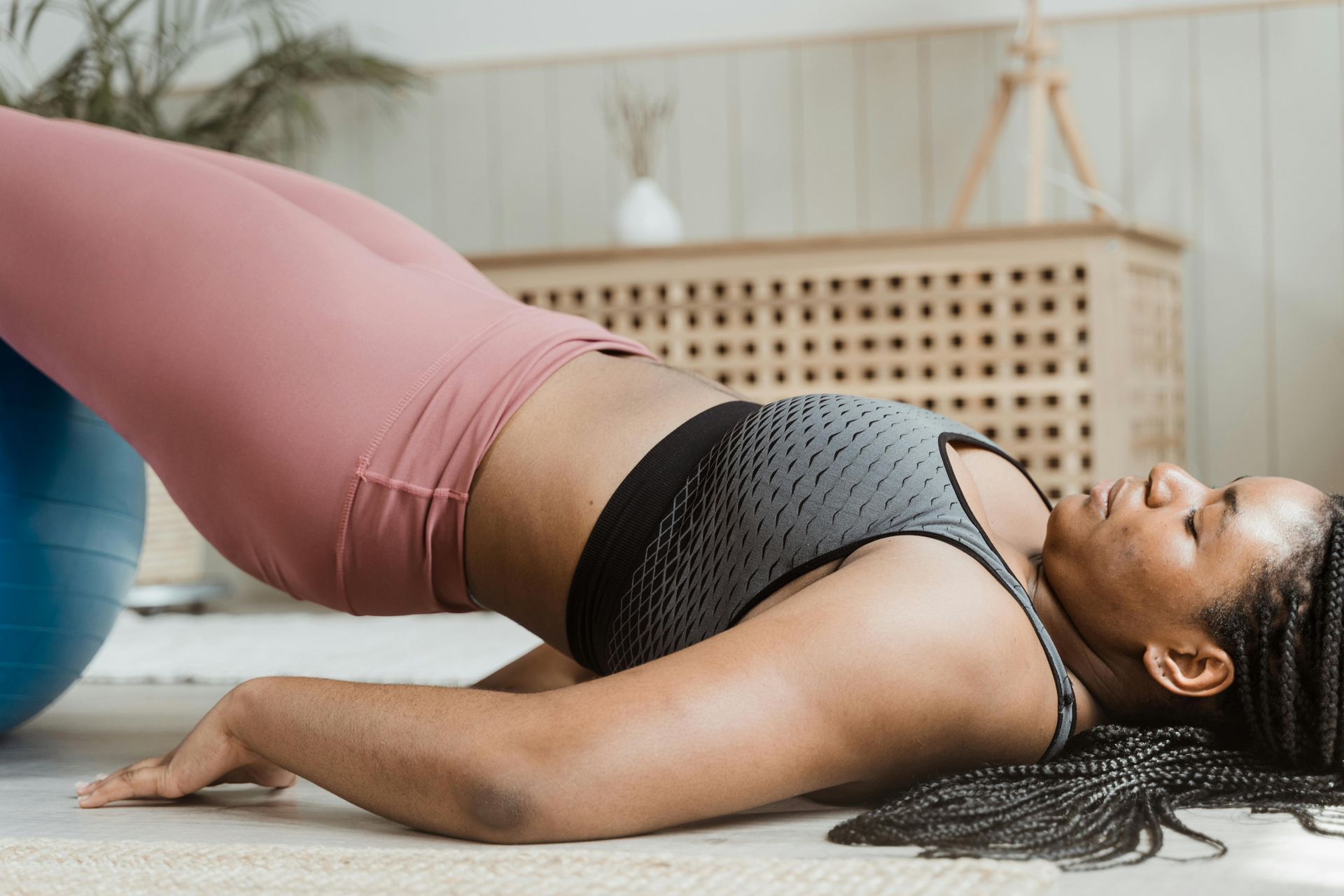
When those lines show up, what’s the first thing you grab? Creams! Prescription ones like tretinoin are big hitters. They boost collagen production, helping your skin bounce back a bit. But here’s the kicker: you’ve got to catch stretch marks while they’re still fresh for tretinoin to really work its magic. Plus, you need a doctor’s OK since it can irritate the skin.
Then there’s the whole world of over-the-counter lotions and creams. They’re packed with hydrating ingredients like hyaluronic acid and peptides, designed to nourish the skin and encourage healing. They won’t erase stretch marks, but they can certainly make them less obvious with regular use.
And let’s not forget vitamins! Vitamin A (hello, retinol!) works wonders for cell regeneration, while Vitamin E, the antioxidant superstar, helps repair skin. Using creams with these vitamins might just give your skin the boost it needs.
But here’s the thing: none of this works overnight. You’ve got to be patient—like really patient. We’re talking weeks or even months of consistent application to start seeing any real difference. Stick to it, though, and you’ll notice improvement!
And while you’re at it, remember that healthy skin starts from the inside out. Drinking lots of water, eating nutrient-rich foods, and avoiding too much sun can all help amplify those topical treatments.
Just keep in mind, these creams and lotions are about managing expectations. They won’t completely erase stretch marks, but they can help reduce them. Consistency and a healthy lifestyle are your best allies!
Laser Treatments and Professional Procedures
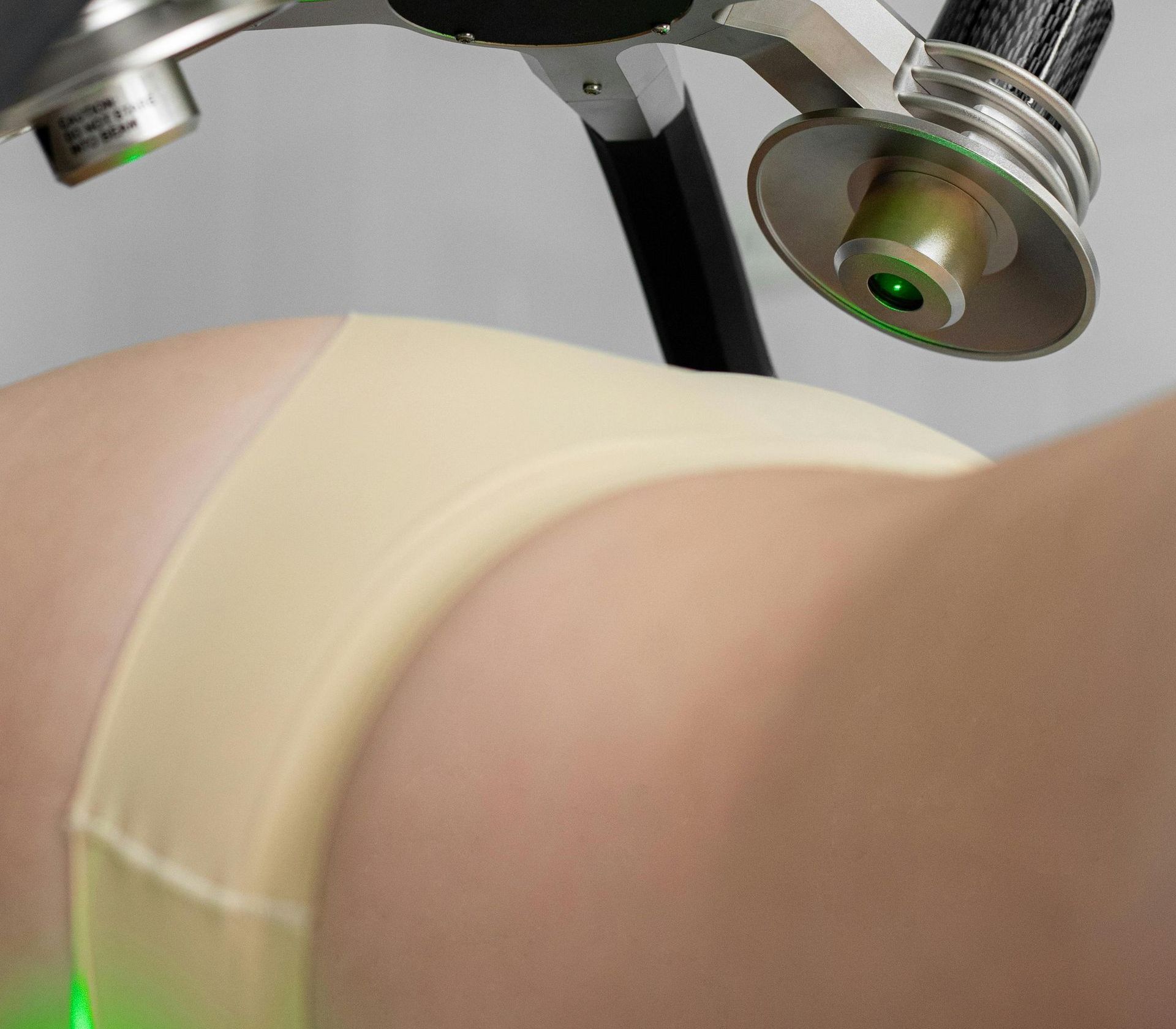
Okay, now for the heavy hitters: professional treatments like laser therapy. Fractional laser therapy goes deep into the skin without hurting the surface. It’s a pro at stimulating collagen and elastin, which means smoother skin and a major reduction in stretch marks.
There’s also microdermabrasion, which exfoliates the skin with tiny crystals or a diamond wand (fancy, right?). By buffing away dead skin, you’re encouraging new cell growth, making stretch marks less visible. Or maybe microneedling’s more your style—tiny needles create micro-punctures in the skin, boosting collagen as your body tries to heal itself.
But here’s the catch: these treatments can be expensive and often need multiple sessions. Not to mention, recovery can be a bit of a hassle. Lasers might leave your skin red and sensitive for a few days, while microdermabrasion has minimal downtime. With microneedling, expect redness for a couple of days.
It’s all about managing expectations here, too. These treatments can definitely help reduce the appearance of stretch marks, but they won’t make them vanish. Consulting a dermatologist can help you understand what’s possible and whether these treatments are right for you.
Home Remedies for Stretch Marks on the Butt
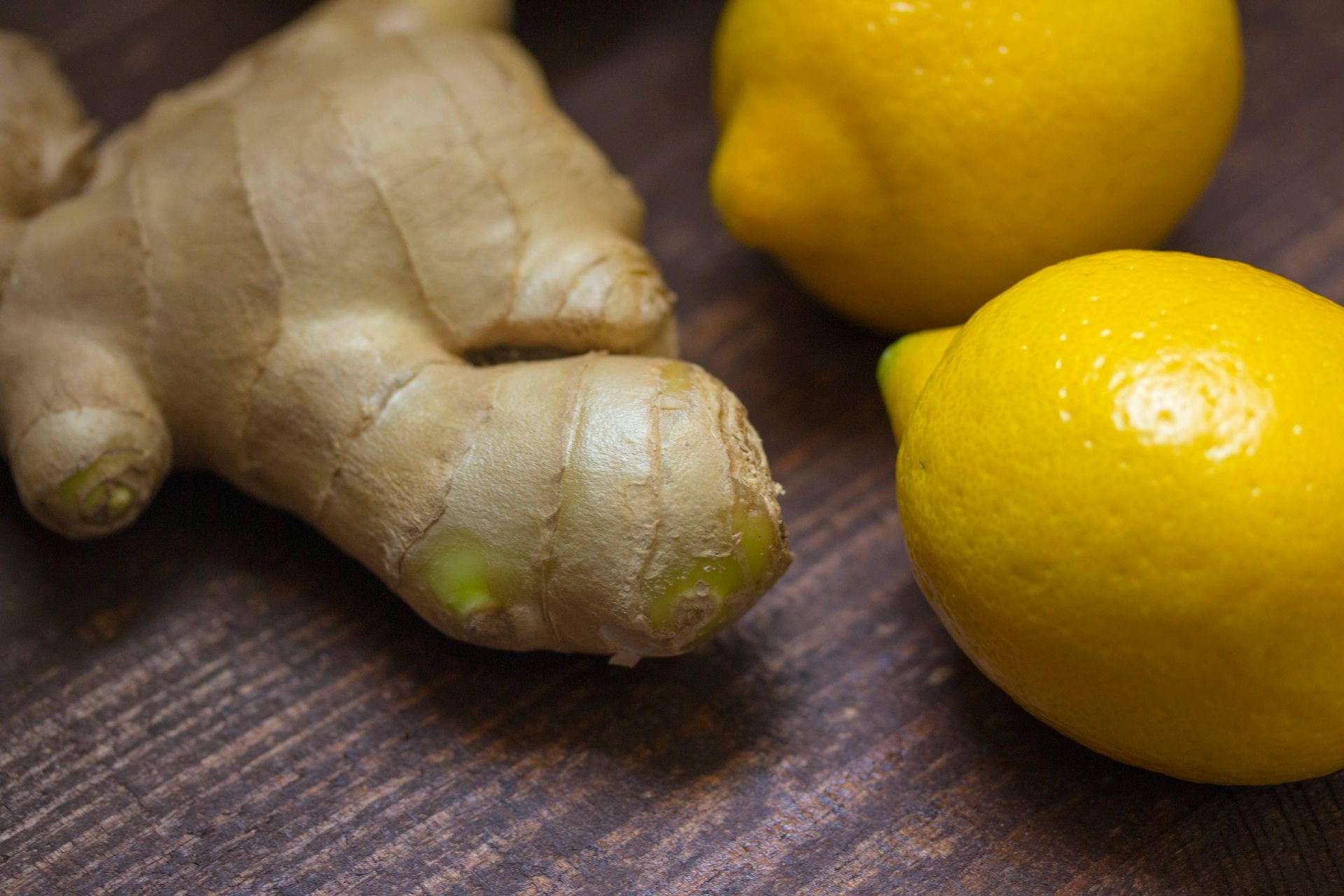
Want something a bit more natural? You’ve got options! Coconut oil is a moisturizing powerhouse. Rubbing it into your stretch marks regularly can improve skin elasticity, which might make those marks fade over time.
Then there’s cocoa butter and shea butter. These butters are loaded with fatty acids and antioxidants, perfect for nourishing your skin and encouraging healing. Apply them daily to keep your skin hydrated and help those stretch marks fade away.
Aloe vera? Yes, please! Known for its soothing and healing properties, aloe can help repair the skin. Slather some pure aloe vera gel on your stretch marks and let it work its magic—especially after a good exfoliation session.
Speaking of oils, essential oils like lavender and rosehip oil are awesome for skin care. Lavender oil may help with skin regeneration, while rosehip oil is packed with vitamins and fatty acids. Mix them with a carrier oil (like almond or jojoba), and you’ve got yourself a natural stretch mark remedy!
DIY scrubs are also a fun option. Try making a sugar scrub with olive oil and a splash of lemon juice. Exfoliating the skin with this a few times a week can help remove dead cells and promote new growth.
Just remember, home remedies aren’t a quick fix. They require dedication and regular use. Combine them with a healthy lifestyle, and you’ll see the best results.
Lifestyle Changes to Prevent and Reduce Stretch Marks
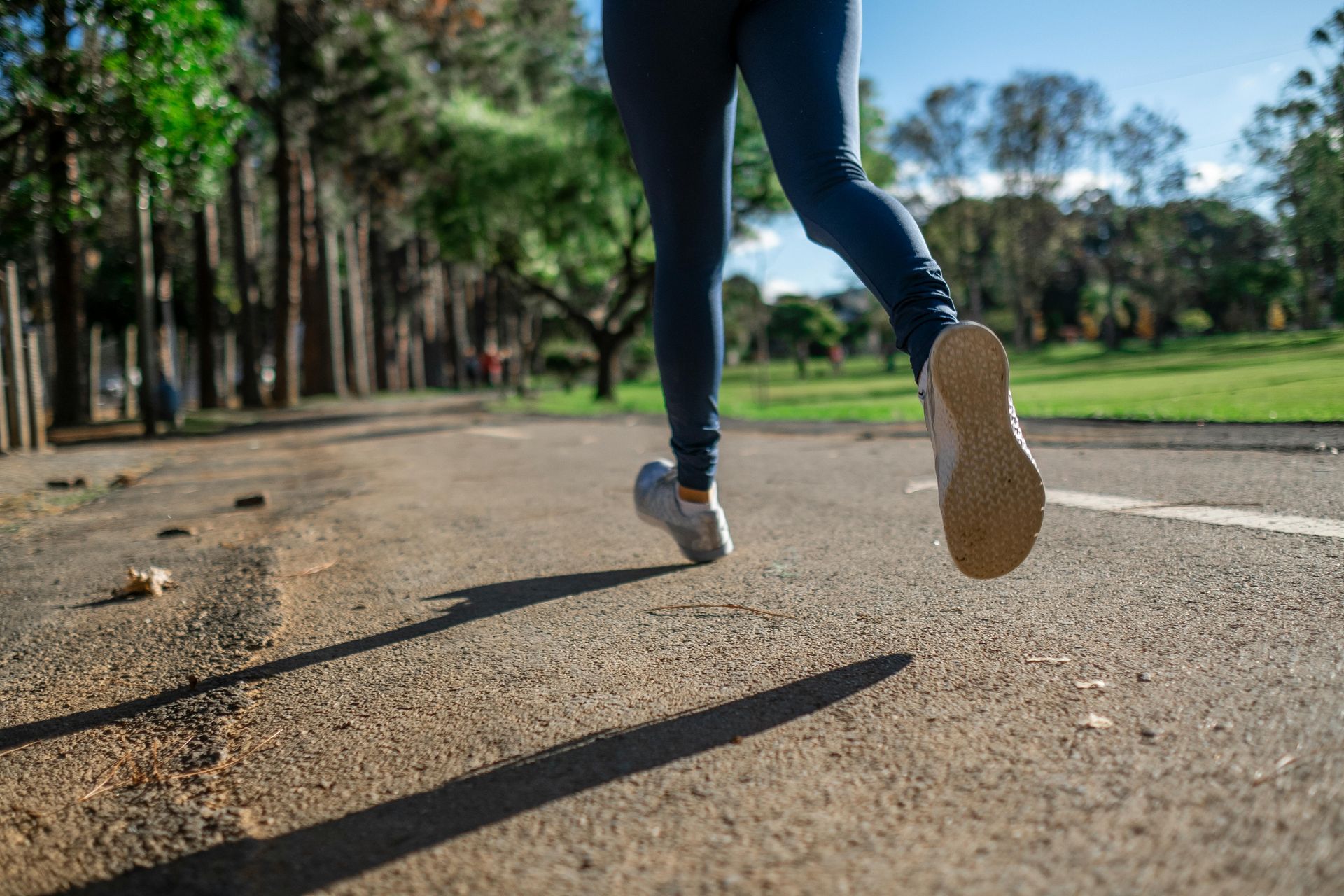
Preventing and reducing stretch marks? It all starts with lifestyle choices. Maintaining a healthy, steady weight can make a huge difference. Quick weight changes, whether gaining or losing, are a major cause of stretch marks. So, keeping things gradual is key!
Hydration is another biggie. When your skin is properly hydrated, it’s more elastic and able to handle the stretch. Drink lots of water throughout the day to keep your skin plump and healthy.
What you eat matters, too. A diet rich in vitamins C and E, zinc, and protein helps support collagen production and skin repair. Load up on fruits, veggies, lean proteins, and whole grains for healthier skin from the inside out.
Exercise is a no-brainer. Not only does it help with weight management, but it also boosts circulation, which nourishes the skin. If you’re building muscle, take it slow to prevent over-stretching the skin.
Lastly, protect your skin from sun damage. Using sunscreen daily prevents UV rays from weakening your skin’s elasticity. Keep moisturizing, too—it’s an easy way to boost skin resilience.
Making these lifestyle changes will support your skin’s ability to adapt to changes without damage. While they won’t erase old stretch marks, they can prevent new ones from forming.
Can You Really Get Rid of Stretch Marks Completely?
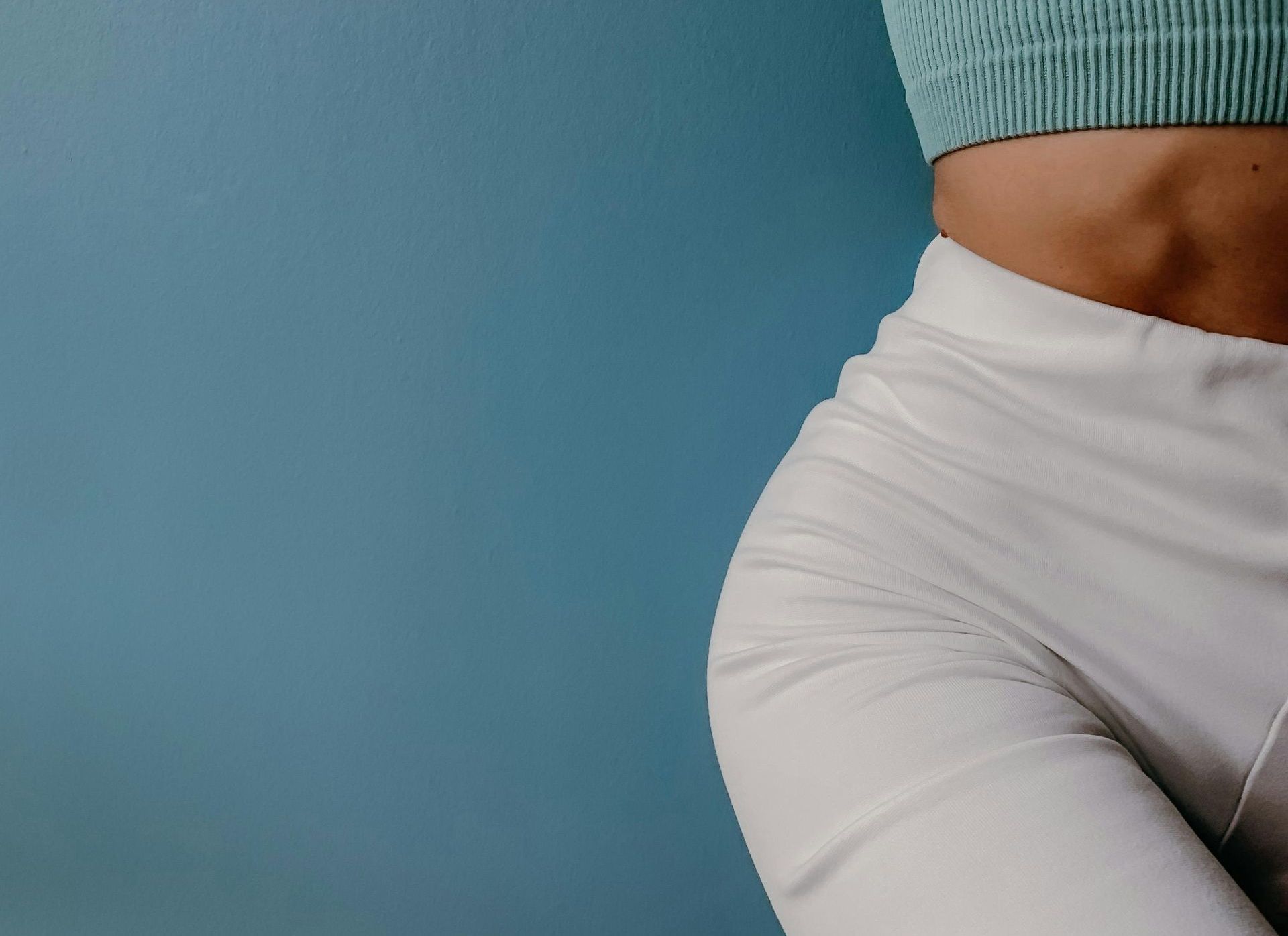
It’s natural to wonder if stretch marks can be eliminated entirely. The reality is that while you can significantly reduce their appearance, completely getting rid of stretch marks is unlikely. These marks are a type of scar that forms when the skin stretches or shrinks rapidly, causing the supportive structures to break down.
Managing expectations is important when pursuing treatment options. Many products and procedures can lighten stretch marks and make them less noticeable, but they might not remove them completely. Understanding this can help you choose treatments that align with realistic outcomes.
Consistency is crucial for success. Whether you’re using topical creams, home remedies, or undergoing professional treatments, regular application and adherence to the recommended schedule are essential. Skipping treatments or applying them irregularly can diminish their effectiveness.
Each person’s skin is unique, so results can vary. Factors like age, skin type, the age of the stretch marks, and overall health play a role in how well treatments work. Newer stretch marks tend to respond better to treatments than older ones.
Embracing your body and its changes is also a valuable part of the journey. Stretch marks are a common experience and a natural part of growth, weight changes, or life events like pregnancy. Focusing on overall skin health and well-being can boost your confidence and help you feel more comfortable in your skin.
Frequently Asked Questions
What causes stretch marks on the buttocks?
Rapid stretching of the skin due to growth spurts, weight gain, muscle increase, or hormonal changes can lead to stretch marks in this area.
Can stretch marks on the butt be prevented?
While not entirely preventable, maintaining a steady weight, staying hydrated, and eating a balanced diet can help minimize their development.
What are effective treatments for reducing stretch marks on the butt?
Options include prescription creams like tretinoin, over-the-counter lotions, laser therapy, microdermabrasion, and microneedling to lessen their appearance.
Are home remedies effective for treating stretch marks?
Home remedies like coconut oil, shea butter, aloe vera, and essential oils may improve skin hydration and texture, making stretch marks less noticeable.
Is it possible to completely remove stretch marks?
Completely eliminating stretch marks is unlikely, but consistent treatment can significantly reduce their visibility over time.
Related Posts
Disclaimer: The content provided in this blog post is for informational purposes only and is not intended as a substitute for professional medical advice, diagnosis, or treatment. Always seek the advice of your physician or other qualified health provider with any questions you may have regarding a medical condition. Never disregard professional medical advice or delay in seeking it because of something you have read on this blog.


